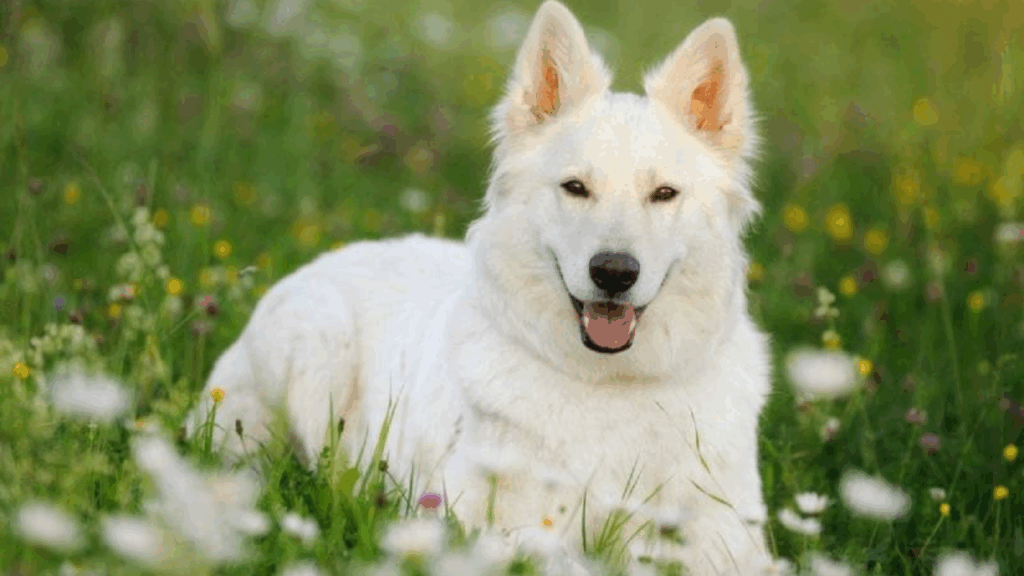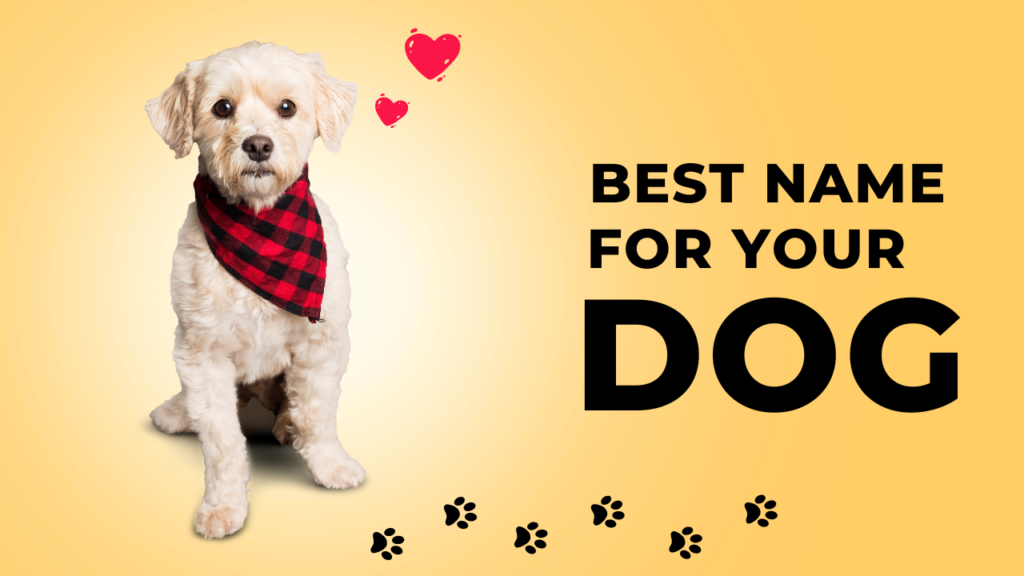The White Swiss Shepherd Dog, also known as the Berger Blanc Suisse, is a strikingly beautiful and intelligent breed known for its pure white coat, loyal temperament, and versatility. Often confused with the white-coated German Shepherd, the White Swiss Shepherd has developed a distinct identity, particularly appreciated for its gentler and more sociable nature. Recognized in many parts of the world as a breed in its own right, this dog combines working ability with elegance and affection.
Origins and History
The White Swiss Shepherd Dog traces its roots to the white-coated German Shepherds that first emerged in the late 19th and early 20th centuries. Although white German Shepherds were once accepted, the color was later deemed undesirable in the breed standard by some kennel clubs, especially in Germany.
However, breeders in North America continued to value and develop the white-coated line. Eventually, the breed was imported to Switzerland, where it gained popularity and further development. In 2002, the Fédération Cynologique Internationale (FCI) officially recognized it as the Berger Blanc Suisse, acknowledging its distinct temperament and characteristics.
This “imported” version, often labeled as “(Imp),” refers to its lineage traced from North American bloodlines and its subsequent establishment in Europe.
Physical Appearance
The White Swiss Shepherd Dog is a medium to large-sized breed with a graceful and powerful physique. It retains the working-dog strength of its ancestors while presenting a softer and friendlier appearance.
Key features:
- Height: Males 24–26 inches, females 22–24 inches
- Weight: Males 30–40 kg (66–88 lbs), females 25–35 kg (55–77 lbs)
- Coat: Medium or long, dense double coat
- Color: Always pure white
- Ears: Erect and triangular
- Eyes: Almond-shaped, dark brown
Their white coat, which gives them an ethereal look, is not only beautiful but also well-suited to various climates, thanks to its insulation.
Temperament and Personality
The White Swiss Shepherd is a dog of balanced temperament, combining alertness and intelligence with gentleness and sociability. This makes them a great fit for active families, service work, and therapy settings.
Temperament highlights:
- Loyal and protective: They are devoted to their family and will alert to intruders but are typically not aggressive.
- Gentle and friendly: They tend to be more approachable than traditional German Shepherds.
- Highly intelligent: They learn quickly and thrive with mental stimulation.
- Emotionally sensitive: They respond best to calm, positive reinforcement.
This breed forms strong bonds with its human family and can suffer from separation anxiety if left alone for long periods. Early socialization is crucial to encourage confidence and reduce shyness.
Training and Socialization
White Swiss Shepherds are highly trainable but require consistency and a calm, firm handler. Their intelligence means they grasp new commands quickly, but their sensitivity means harsh training methods can backfire.
Training tips:
- Begin early with socialization and obedience.
- Use positive reinforcement—treats, praise, and play.
- Vary training routines to keep them mentally engaged.
- Incorporate agility, tracking, or scent work for stimulation.
These dogs excel in canine sports, assistance work, and obedience competitions when guided by patient and motivated owners.
Exercise Needs
Being an energetic working breed, the White Swiss Shepherd needs daily physical and mental exercise to stay healthy and happy.
Exercise requirements:
- 60–90 minutes of activity per day
- Long walks, jogging, or hiking
- Playtime and interactive games
- Dog sports or advanced obedience
Without sufficient stimulation, they may become bored or destructive. This breed thrives in households that enjoy outdoor activities and active lifestyles.
Grooming and Health
The White Swiss Shepherd’s dense double coat requires regular maintenance, particularly during seasonal shedding.
Grooming routine:
- Brush 2–3 times per week (daily during shedding)
- Bathe only as needed to preserve coat oils
- Regular nail trimming, ear checks, and dental care
Health considerations:
- Hip and elbow dysplasia
- Degenerative myelopathy
- Allergies and skin sensitivities
- Gastric torsion (bloat)
Reputable breeders screen for genetic issues, so it’s important to get your puppy from a responsible source. With proper care, this breed typically enjoys a lifespan of 12–14 years.
Ideal Living Environment
The White Swiss Shepherd thrives in environments where it can be part of the family and participate in daily life. It is not a dog for isolation or cramped spaces.
Best suited for:
- Families with a fenced yard
- Active individuals or couples
- Homes where someone is often present
- Those committed to regular training and exercise
This breed is adaptable but prefers cooler climates due to its thick coat.
Conclusion
The White Swiss Shepherd Dog (Imp) is a magnificent companion for the right owner. It combines beauty, brains, and a loving temperament that endears it to families, working roles, and canine enthusiasts alike. With the right socialization, exercise, and care, this breed rewards its human companions with unwavering loyalty and joy. For those seeking an intelligent, elegant, and affectionate dog with guarding instincts and a heart of gold, the White Swiss Shepherd is an exceptional choice.

Andy Parker is a dog lover, writer, and senior editor at BarkPicks. With years of experience covering canine health, training, and gear, he helps pet parents make smarter choices for happier, healthier dogs. Andy shares his home (and heart) with two rescue pups, Charlie and Mia.



